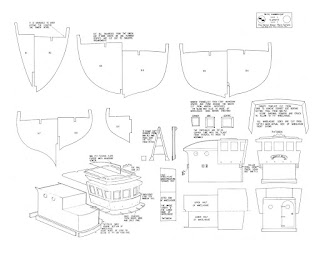Boat Plans for Free: Are They Worth It?
The allure of a free boat plan is undeniable. The image of crafting your own vessel, saving thousands of dollars in the process, is a powerful draw for aspiring boat builders. But before you dive headfirst into a seemingly cost-free project, consider the hidden costs and potential pitfalls. Free boat plans, while tempting, often represent a gamble that could ultimately cost you far more than you save in the long run. This article weighs the pros and cons to help you decide if free boat plans are truly worth your time and effort.
The Allure of Free Boat Plans
The internet abounds with websites offering free boat plans. These plans promise a pathway to boat ownership without the hefty price tag of professionally designed blueprints. This appeal is particularly strong for those new to boat building who are hesitant to invest significant funds upfront. The potential savings are a major incentive; you bypass the cost of commercially produced plans, potentially saving hundreds, or even thousands, of dollars. The promise of a DIY project, providing a sense of accomplishment and tangible reward, further enhances the attractiveness of these free offerings.
What's Included (or Not)?
However, the "free" aspect often comes with significant limitations. Detail and clarity frequently suffer. Free plans might lack crucial information, including precise measurements, material specifications, and detailed construction techniques. You might find yourself constantly deciphering ambiguous instructions or encountering design flaws that necessitate costly corrections. Furthermore, support is often nonexistent. If you encounter problems, you'll be left to solve them independently, potentially leading to wasted time and materials.
The Hidden Costs of "Free"
While the initial outlay might seem zero, several hidden costs quickly accumulate. Materials remain a significant expense. Even with meticulously planned cuts, you'll inevitably need additional lumber, fasteners, and finishing materials due to mistakes, unforeseen challenges, or simply the learning curve inherent in boat building. The time investment should also be considered a hidden cost. Amateur boat building is a time-consuming process, requiring patience and persistence. If you're working with incomplete or poorly written plans, expect to spend considerably more time troubleshooting and rectifying errors than you initially anticipated.
Potential Risks and Pitfalls
Beyond financial considerations, utilizing free boat plans introduces significant risks. Safety should be paramount when building a boat. Inaccurate or incomplete plans could result in a vessel that's structurally unsound, leading to instability or even capsizing. This can endanger your life and the lives of others. Building a seaworthy boat demands meticulous attention to detail and adherence to established shipbuilding practices. Free plans often lack the thoroughness and quality control of professional designs. The potential for errors translates to a higher risk of structural failure and compromises on safety.
Weighing the Pros and Cons
Ultimately, the decision of whether to use free boat plans hinges on your experience, risk tolerance, and financial resources. If you're a seasoned builder with extensive experience and a willingness to troubleshoot, free plans might be a viable option for simple projects. However, for beginners or those undertaking more complex builds, the risks far outweigh the benefits. Investing in professional, well-vetted plans might be a far wiser choice, providing a safer, more reliable, and ultimately more cost-effective pathway to boat ownership. Consider the long-term implications of choosing a poorly designed boat, and the increased risk of damage and possible injury.
Before embarking on your boat building journey, carefully consider all aspects: the true cost of materials, the time commitment, the risk of failure, and ultimately, your safety. A well-researched and well-planned project, even with the initial investment in plans, offers a much higher likelihood of success and a greater margin of safety.






















